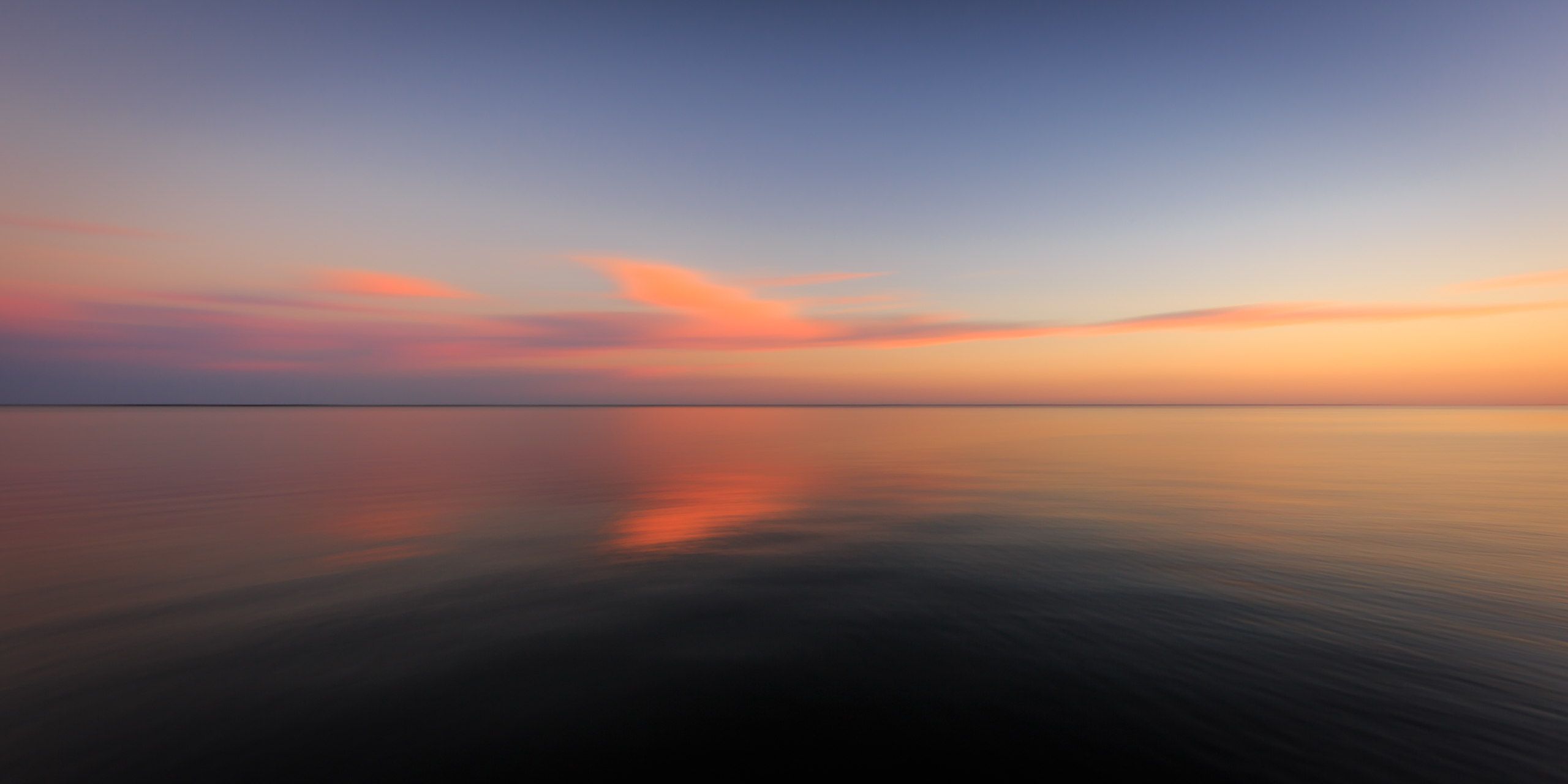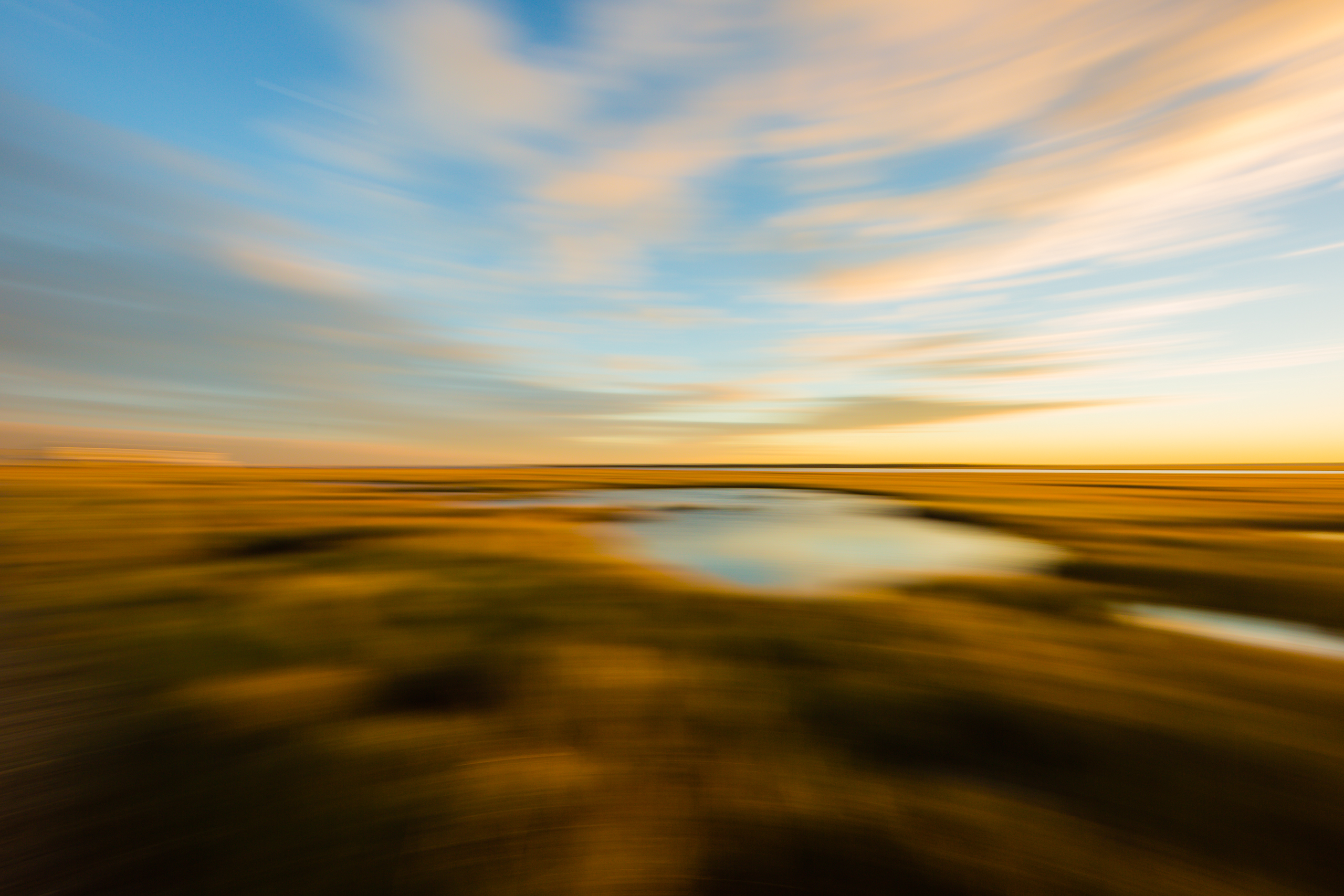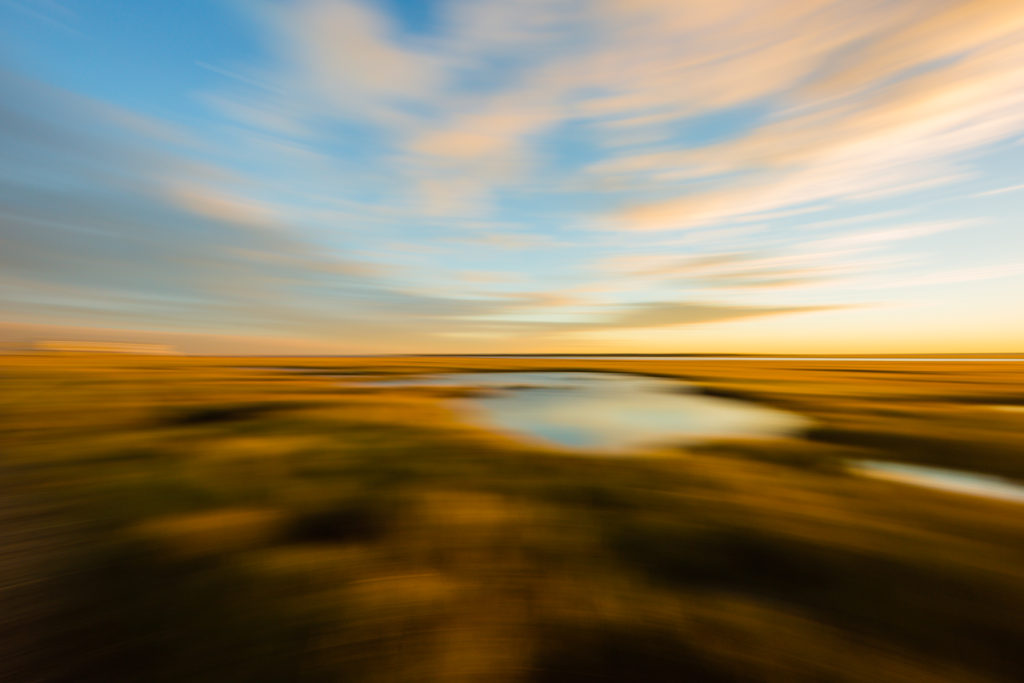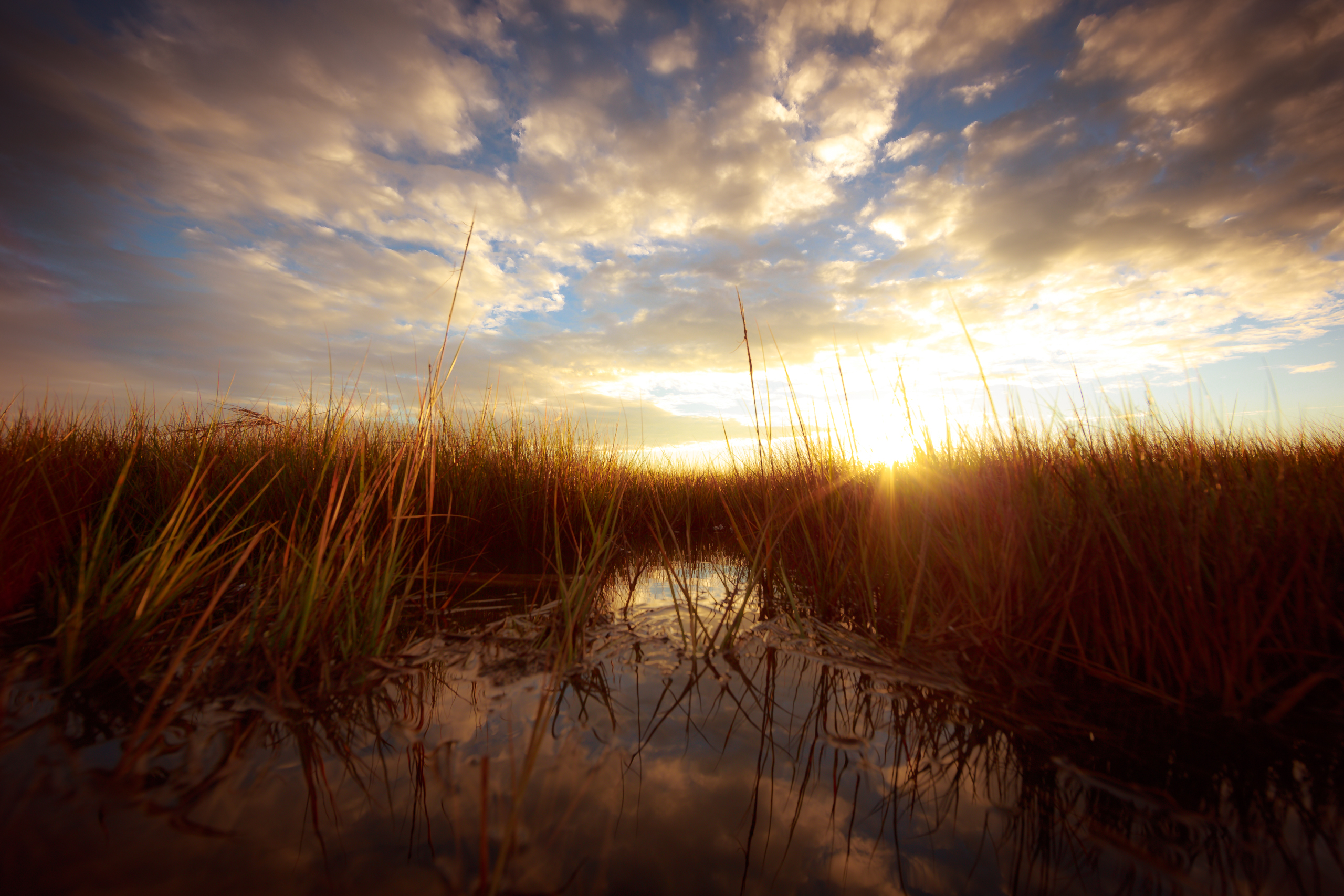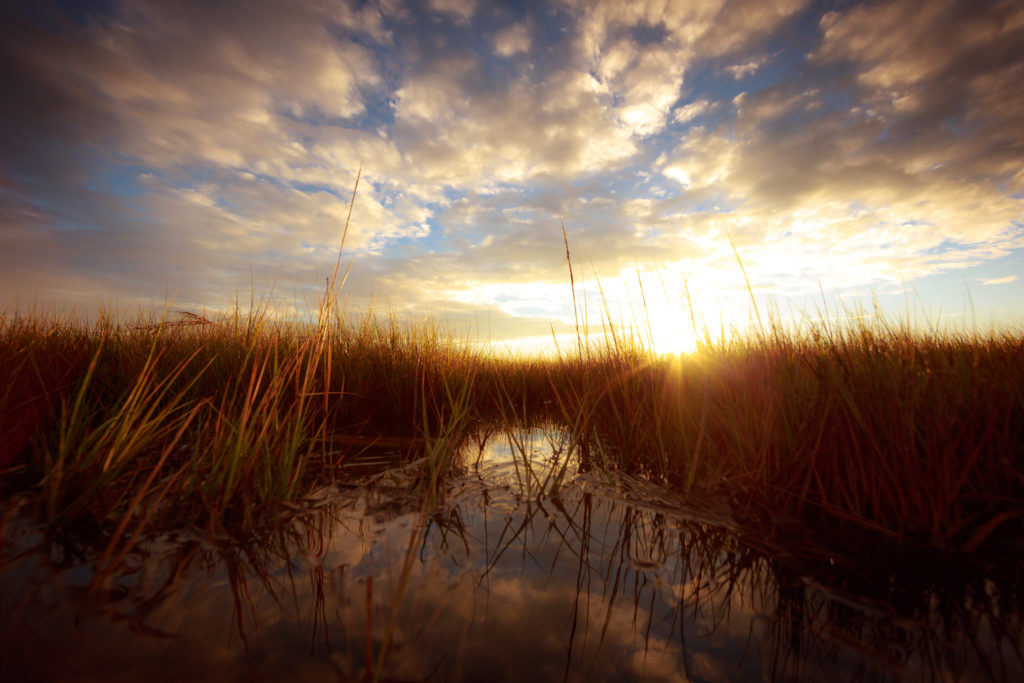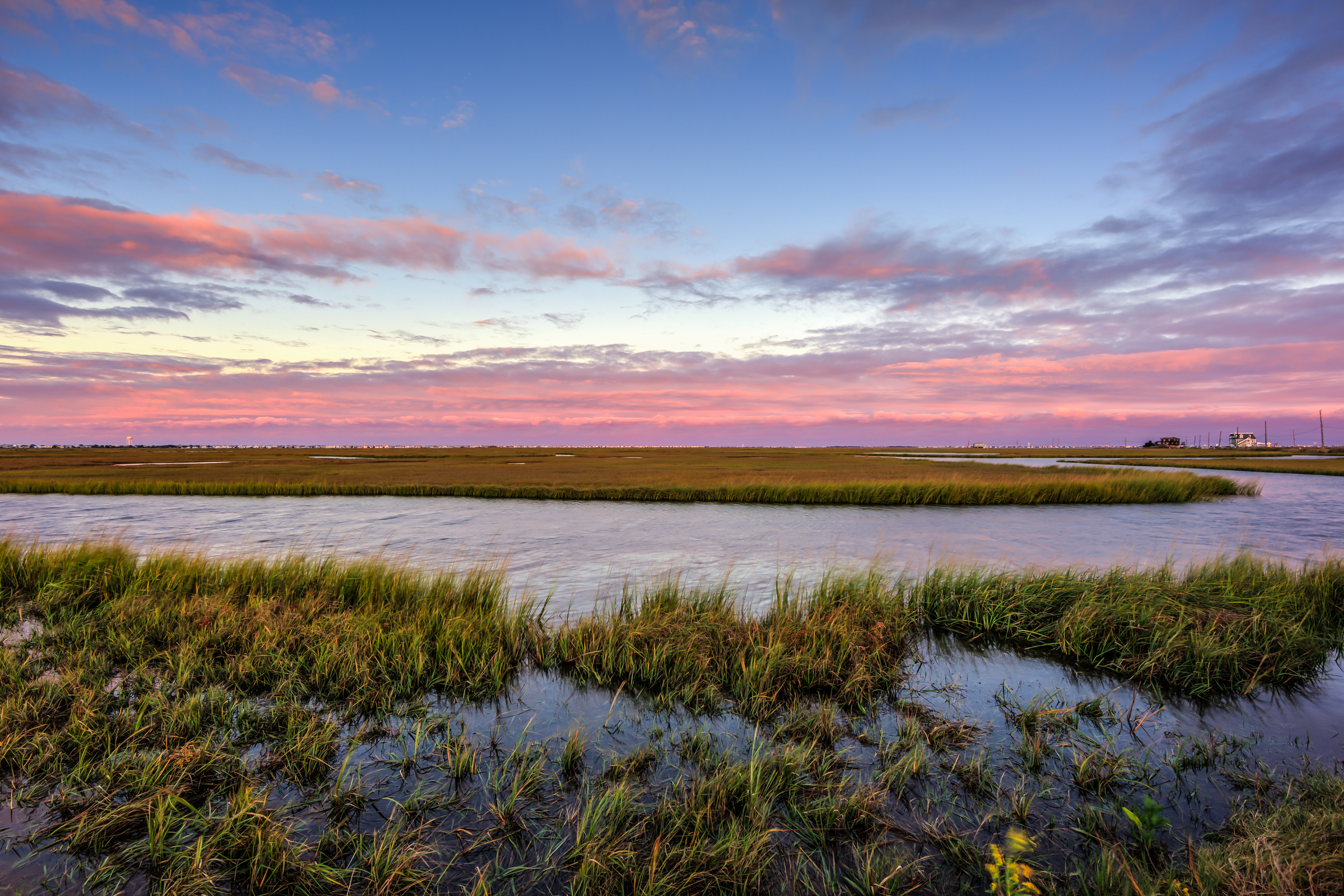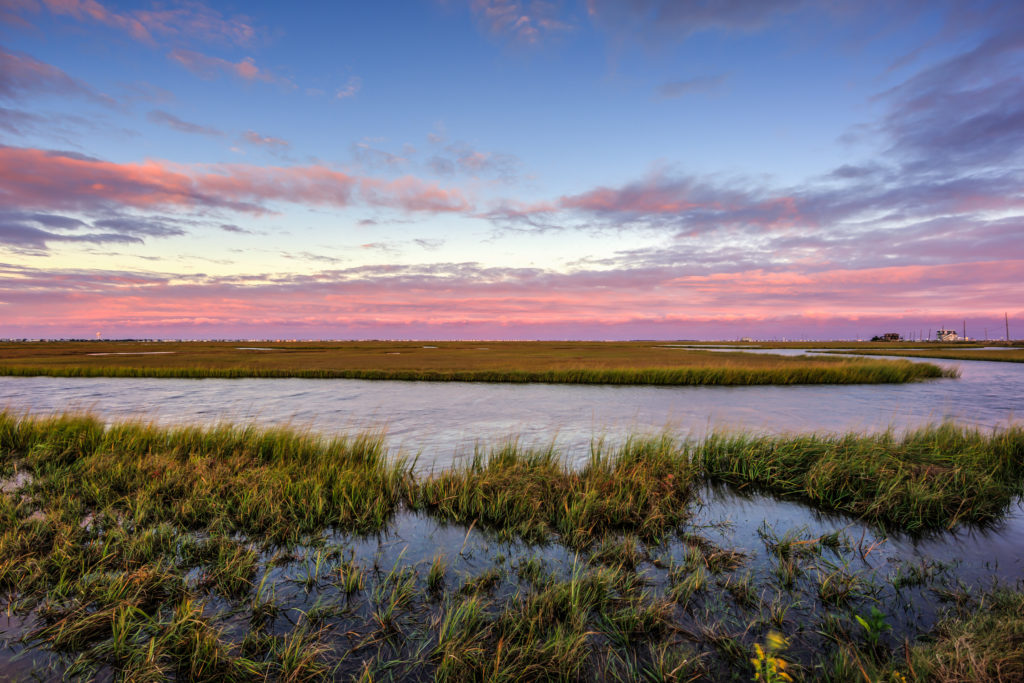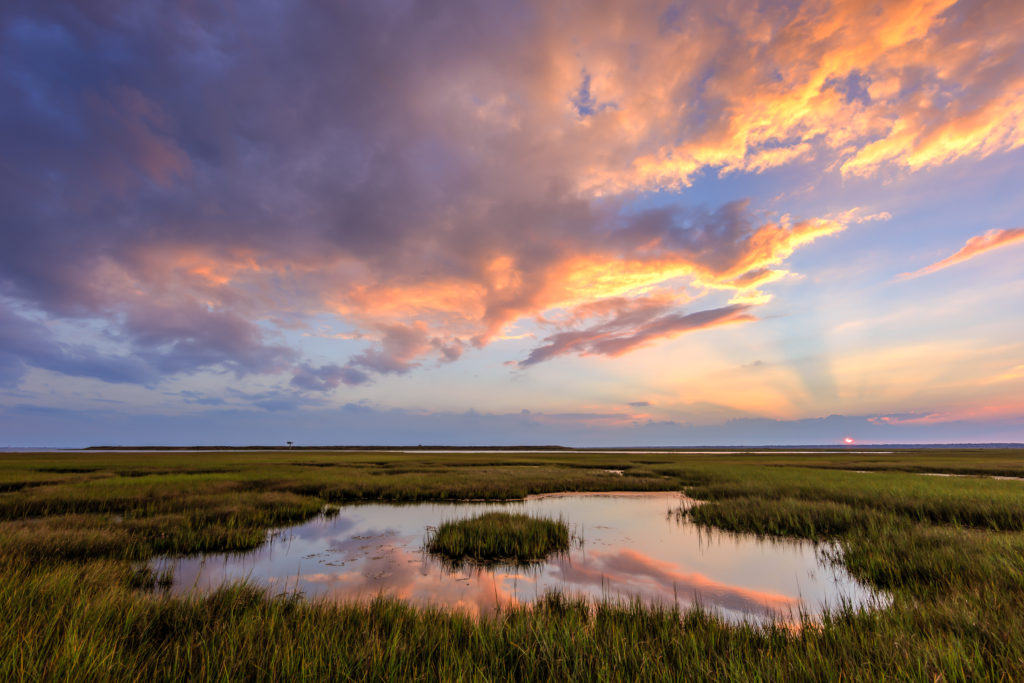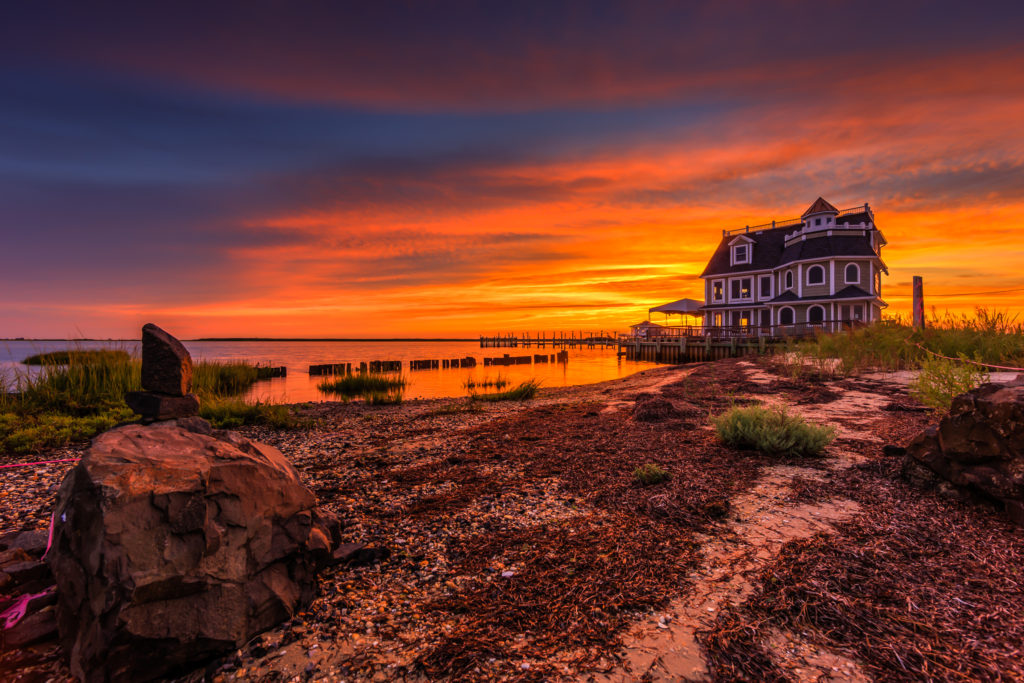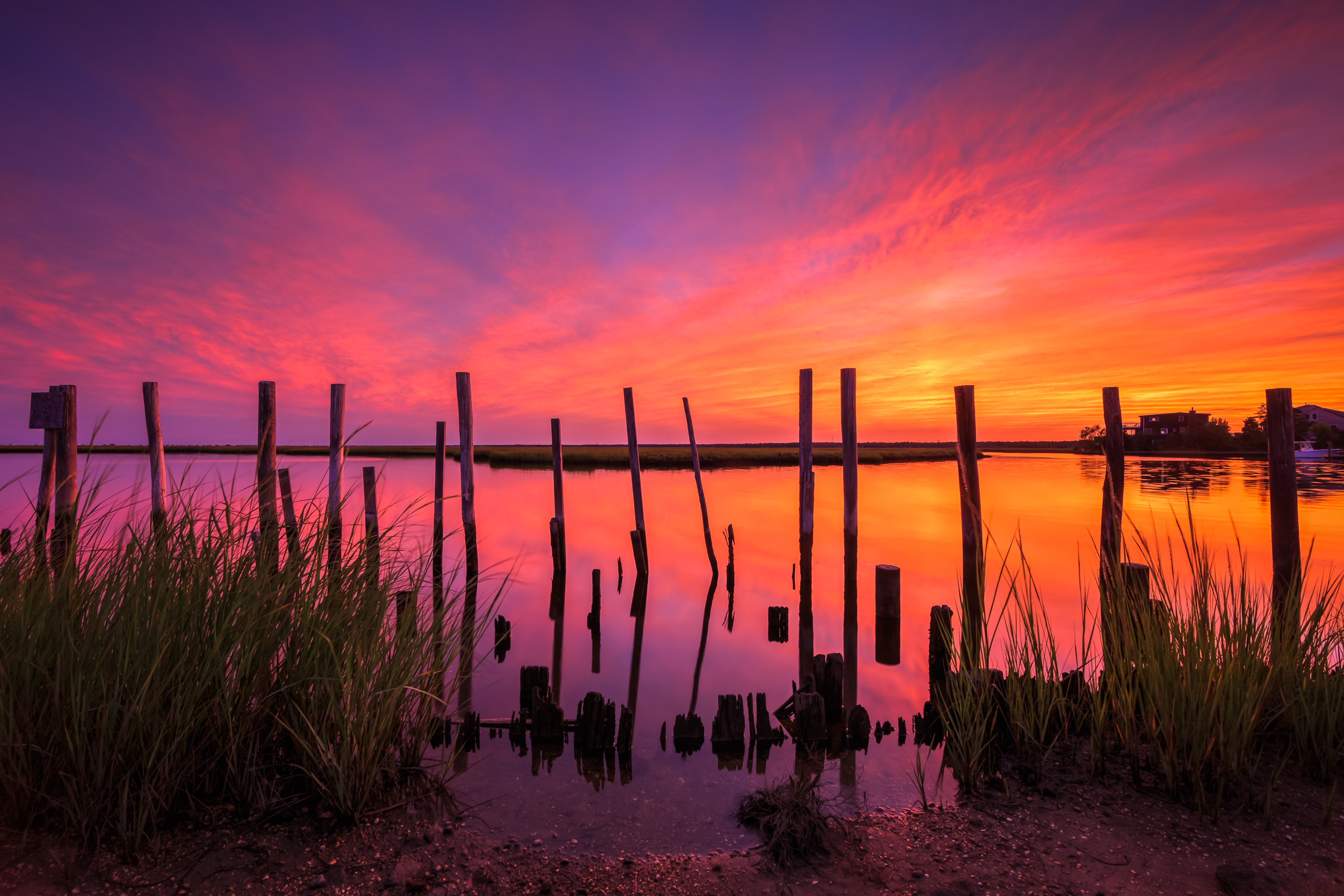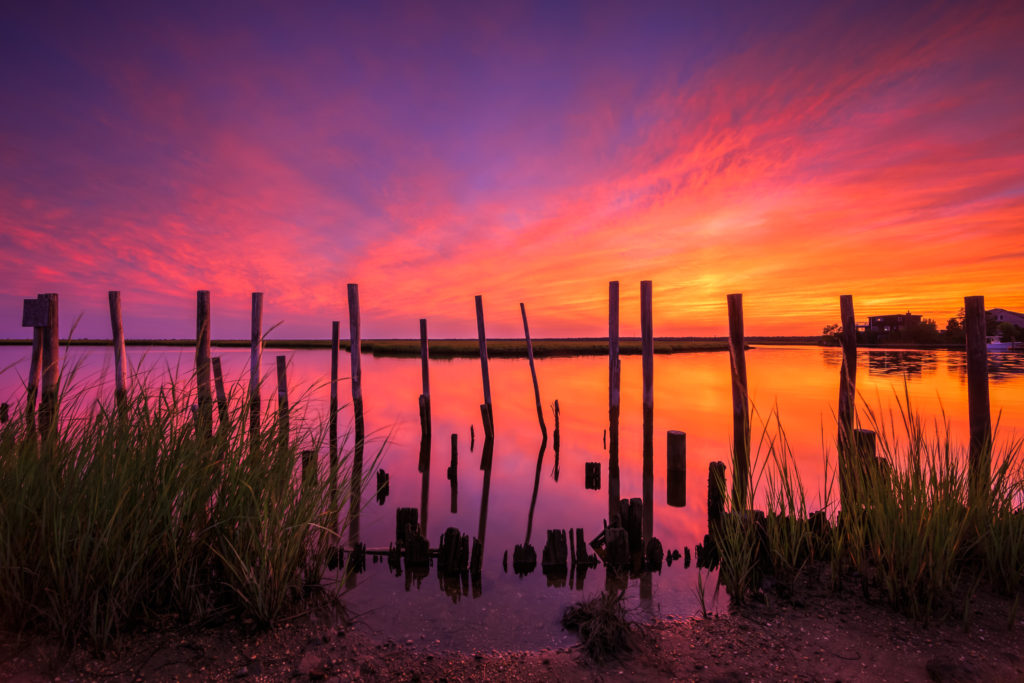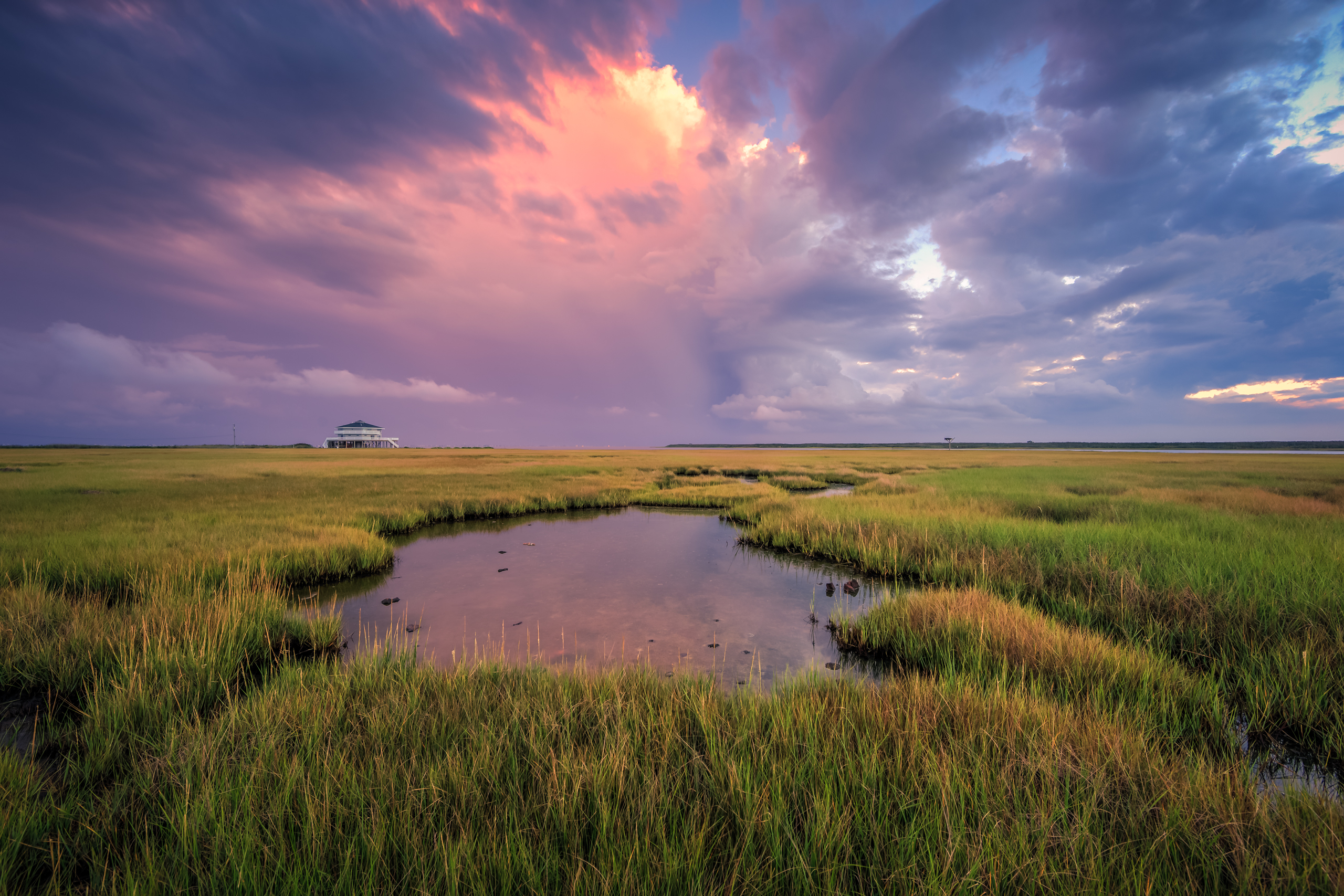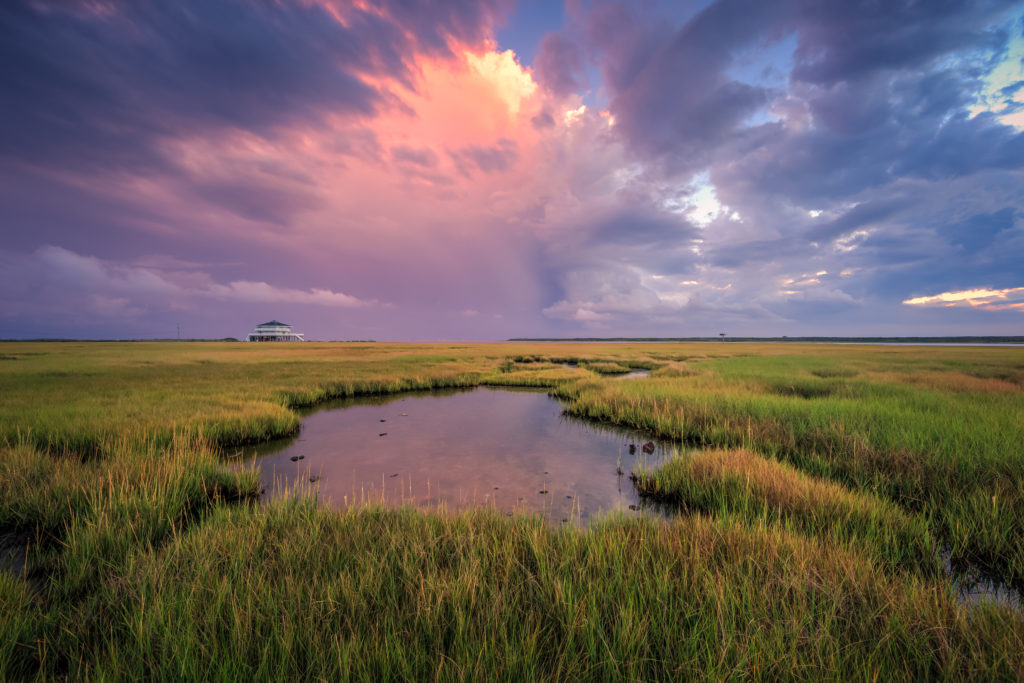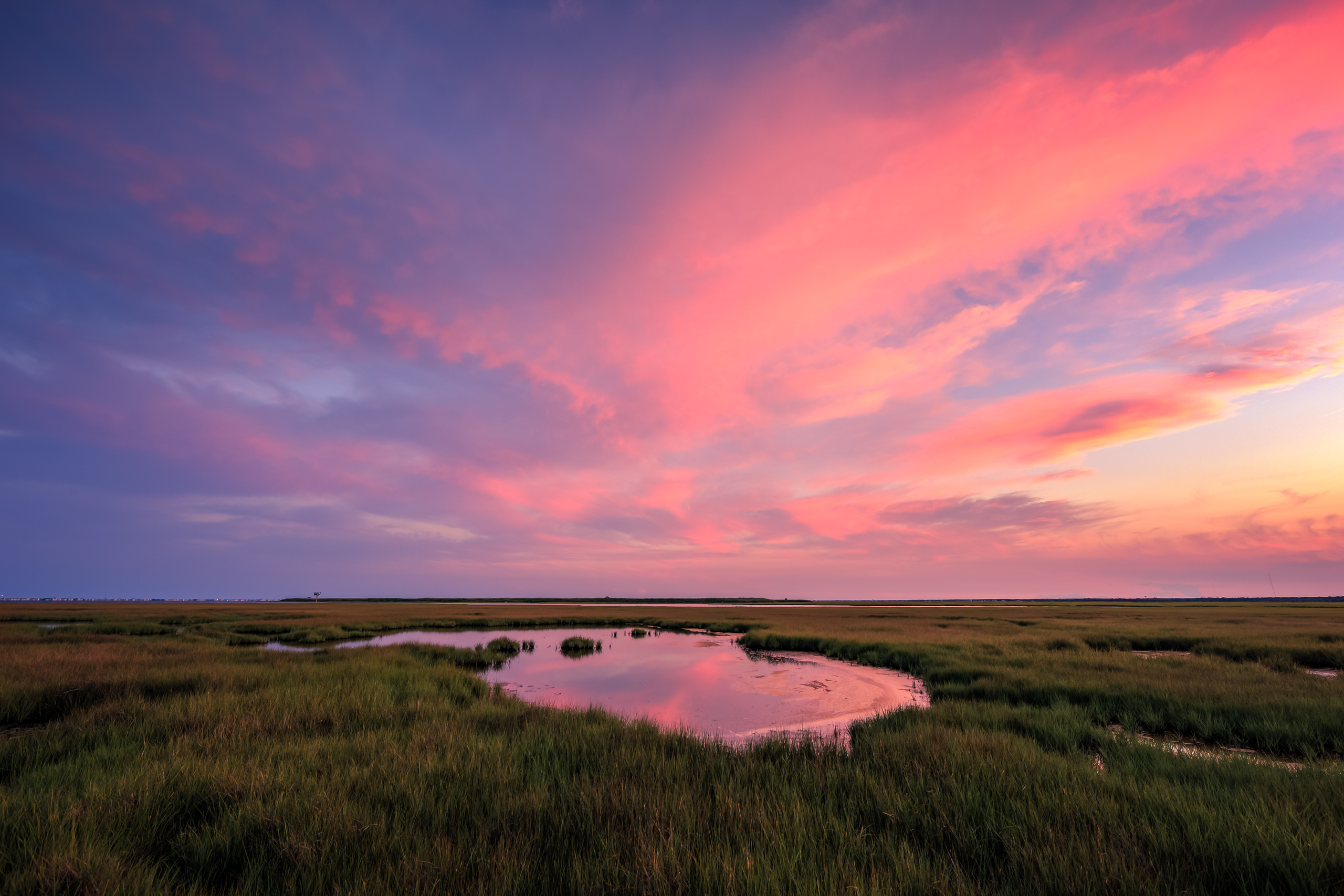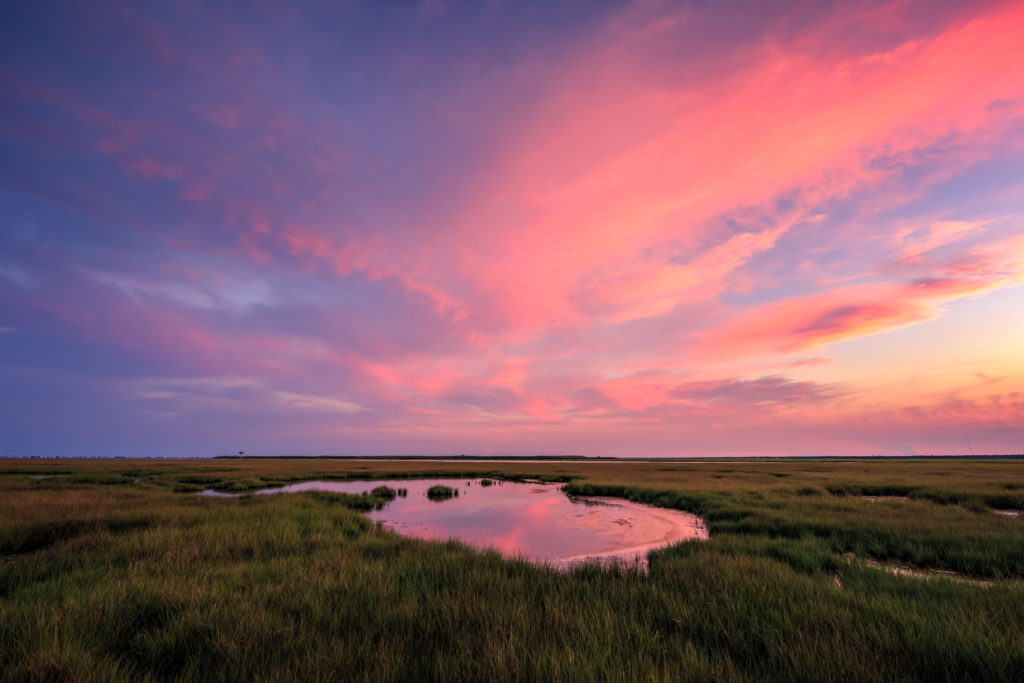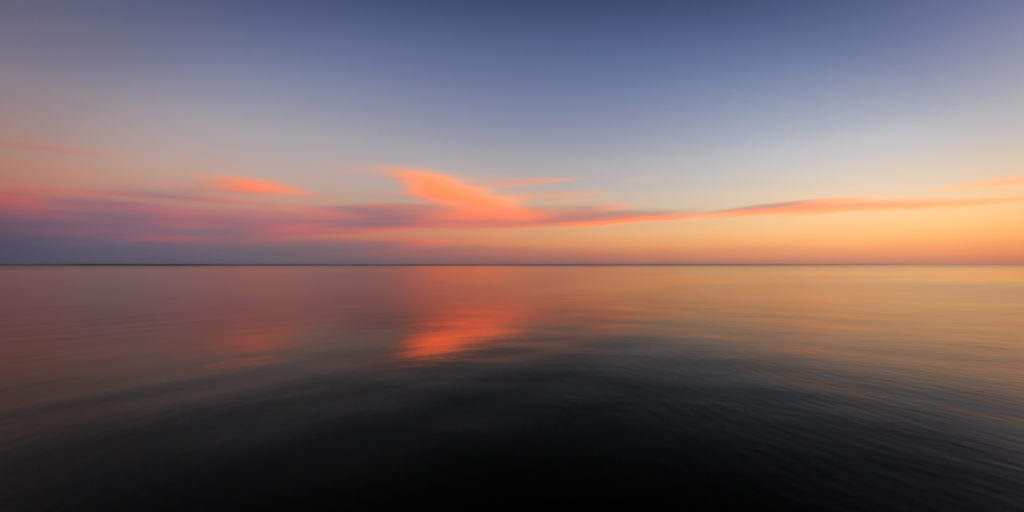
Welcome back to Standard Time!—ugh. If you’ll allow me this moment for an airing of grievances. No fan am I of the cyclical cessation of Daylight Savings Time. Being a veteran on team Not A Morning Person I need to milk as much evening daylight as possible. Were it up to me we’d bask in perpetual latter day light on the forever Daylight Savings side of things—no more of the falling back/springing forward nonsense. I’ll concede the one day we get an extra hour of sleep is nice and all, but really it’s just a cheap marketing gimmick to help us try to feel better about ourselves; and let’s keep it real, when it’s ripped away from us each spring keyboard warriors take to Facebook and decry the personal affront felt by all. And while I’m sure many of you may find appeal in a world of no more time shifts I suspect you may find your allegiances hitched up to the Standard Time bandwagon. That’s OK but I’d like to ask just one thing: is the thought of 4:00 a.m. sunrises in summer really that appealing? No thank you, I will take my 8:00 p.m. summer sunsets year in and year out.
Quick photo talk time. I hit up Dock Road yesterday afternoon around 5:30—see the sun already sets early enough as it is!—and while it’s no doubt my go-to spot I wound up shooting from a vantage point I’ve yet to use in my half decade of photographing. Down at the far southeast end I posted up at the bulkhead of Stafford Municipal Boat Ramp and shot out over the bay with a southeast orientation. The light was great, and the clouds milling about the horizon were pretty great, too. Ditching the tripod and my usual bracketing I went handheld and executed my little motion blur technique—the one where I intentionally create a blurry, out of focus look on the exposure. Adding a bit of motion that brings a more painterly feel; it pairs nicely here with the otherwise minimalist look of the frame. That’s it for me, enjoy your next few months of 5:00 p.m. darkness.
Interested in buying? Purchase
